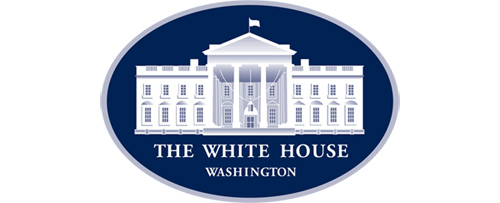White House Releases Updated National HIV/AIDS Strategy
July 30, 2015
When President Barack Obama released the country’s first comprehensive National HIV/AIDS Strategy in 2010, it represented an important milestone in the response to the domestic HIV/AIDS epidemic. The ambitious plan set out clear goals and priorities, along with measurable targets to be achieved by 2015.
The Strategy was aimed at reducing HIV incidence; increasing access to care; reducing health-related disparities in the domestic epidemic; and achieving a more coordinated national response to the epidemic.
Since its release, tremendous progress has been made. More people with HIV know their status and are linked to care, and new infections among women and people who inject drugs have declined.
Despite this progress, however, one in eight people with HIV is still undiagnosed, and only three in 10 people with HIV have achieved viral suppression. Furthermore, the epidemic remains severe among gay men and other men who have sex with men (MSM), especially among young black gay men. More than 1.2 million Americans are living with HIV, and an estimated 50,000 are infected with HIV every year.
To undertake the work that remains to be done and to build on progress made to date, President Obama today signed an executive order releasing the National HIV/AIDS Strategy: Updated to 2020, which sets new priorities to guide the nation’s HIV response for the next five years. The updated Strategy was released at an event at Morehouse College in Atlanta, Georgia, and live-streamed on AIDS.gov.

According to Douglas Brooks, Director of the White House Office of National AIDS Policy, the updated Strategy seeks to leverage the latest science and policy advances in HIV/AIDS, and encourages the nation and all levels of government, including state and local, and community stakeholders to work towards these goals for the next five years:
Widespread testing and linkage to care, enabling people with HIV to access treatment early;
Broad support for people with HIV to remain engaged in comprehensive care, including support for treatment adherence;
Universal viral suppression among people living with HIV – helping people attain better health and reducing exposure and risk; and
Full access to comprehensive pre-exposure prophylaxis (PrEP) services
The Strategy places a high priority on most at-risk populations: gay men and other MSM of all races and ethnicities; Black men and women; Latino men and women; people who inject drugs; youth aged 13–24; and transgender women. It also calls for prioritizing key regions, including the Southern U.S. and key metropolitan areas, and for support of cost-effective, scalable interventions focused on communities where HIV is most heavily concentrated.
The update has 10 quantitative indicators—some of which are new additions, and some of which are revised versions of original indicators—to better monitor progress and ensure the nation is moving in the right direction to achieve its goals. In addition, three areas have been identified as priorities for developing indicators: PrEP, stigma, and HIV among transgender persons.
The White House will also release a federal action plan on World AIDS Day that outlines specific action items that federal agencies will take in order to implement the updated Strategy to meet its 2020 goals.
“Our nation’s response to the HIV epidemic is stronger and more coordinated than ever before, but we still have important work to do to ensure the Strategy goals are met,” said Greg Millett, amfAR vice president and director of public policy, and one of the principal authors of the original National HIV/AIDS Strategy. “We remain committed to working with the White House, policymakers at all levels of government, and community stakeholders in putting the Strategy into action and ending the HIV epidemic once and for all.”
Learn more about the “National HIV/AIDS Strategy: Updated to 2020” at AIDS.gov.